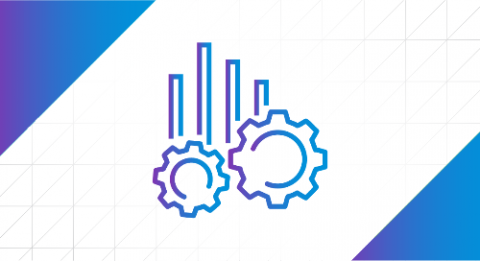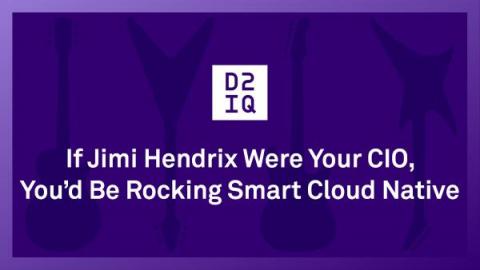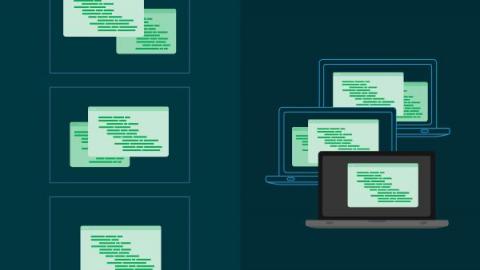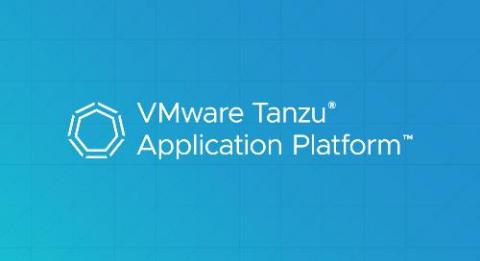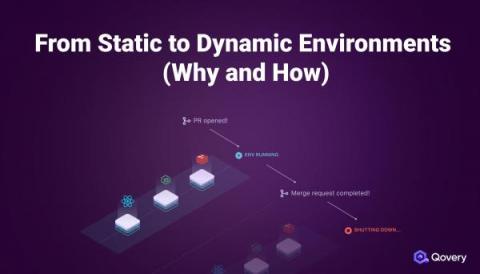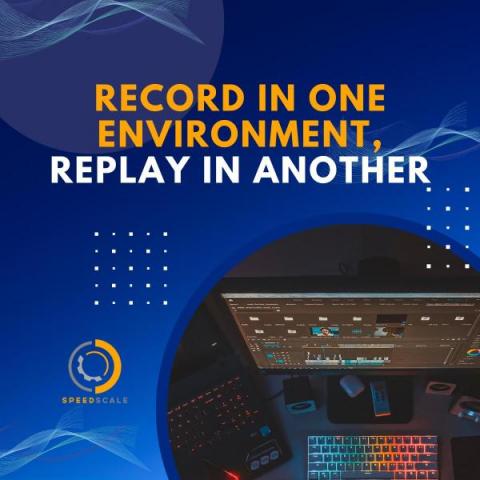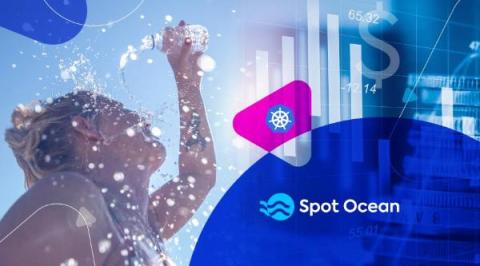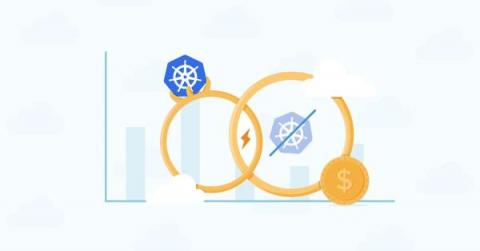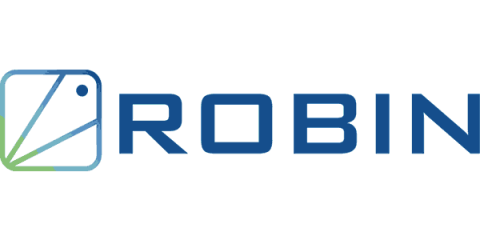Viewing OpenTelemetry Metrics and Trace Data in Observability by Aria Operations for Applications
Modern application architectures are complex, typically consisting of hundreds of distributed microservices implemented in different languages and by different teams. As a developer, site-reliability engineer, or DevOps professional, you are responsible for the reliability and performance of these complex systems. With observability, you can ask questions about your system and get answers based on the telemetry data it produces.


